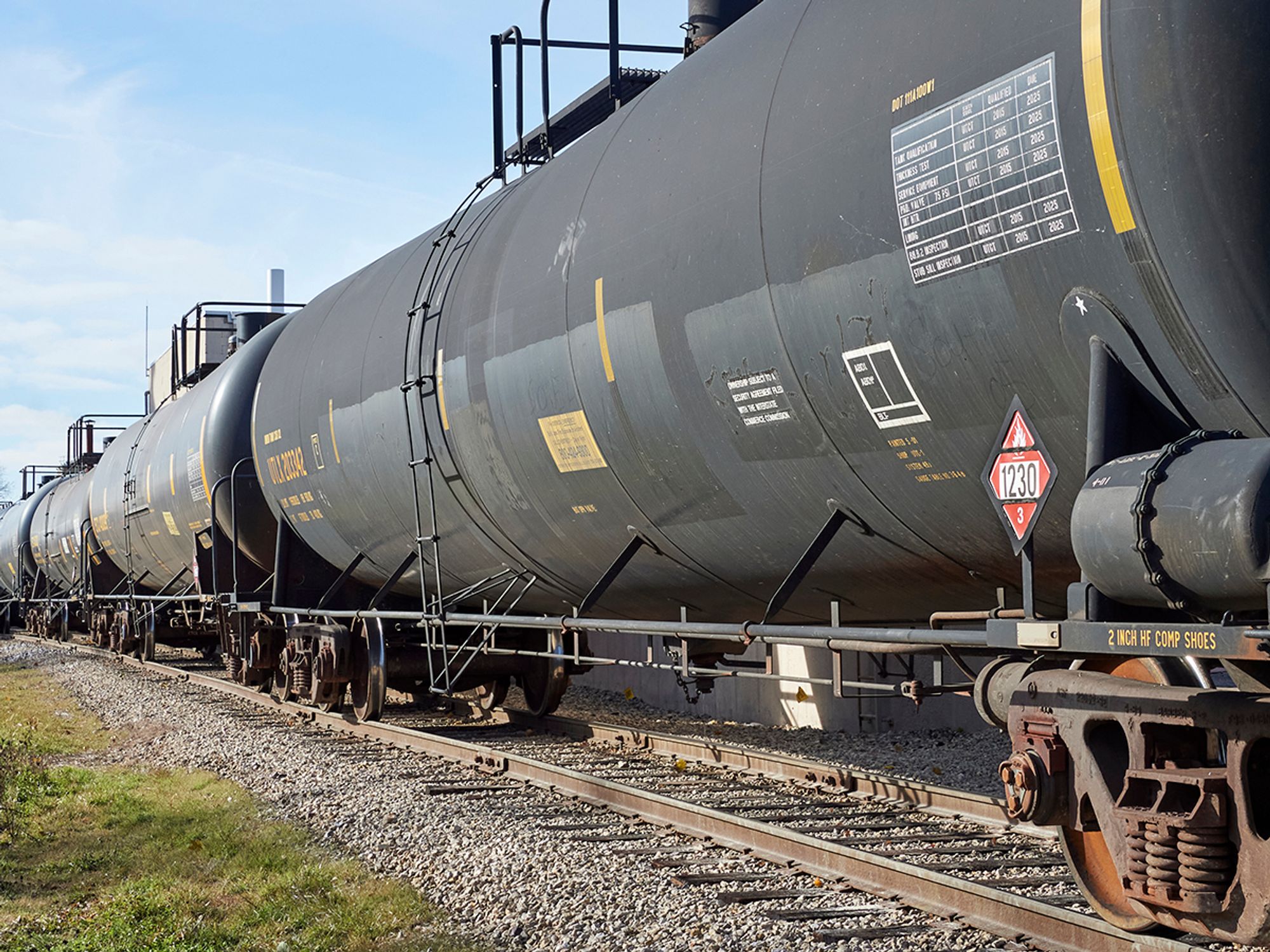Other federal bodies

- Other federal bodies involved in regulating the transport of hazardous materials include the Coast Guard, the Federal Motor Carrier Safety Administration, the Federal Railroad Administration, the Federal Aviation Administration, and OSHA.
Several other federal bodies are involved in regulating the transport of hazardous materials. These include the United States Coast Guard (USCG), the Federal Motor Carrier Safety Administration (FMCSA), the Federal Railroad Administration (FRA), the Federal Aviation Administration (FAA), and the Occupational Safety & Health Administration (OSHA).
United States Coast Guard
The USCG enforces the domestic regulations for the transportation of hazardous materials by vessel. They may board any vessel in U.S. waters to enforce the Hazardous Materials Regulations (HMR) and may inspect:
- The vessel’s suitability for loading hazardous materials;
- The proper stowage of hazardous materials;
- The securement of hazardous materials; and
- The hazardous materials shipping documents.
Federal Motor Carrier Safety Administration
FMCSA is responsible for regulating operational standards for companies and individuals operating trucks, vans, buses, and other commercial motor vehicles involved in interstate commerce. FMCSA’s primary mission is to reduce crashes, injuries, and fatalities involving large trucks and buses.
In order to accomplish its primary mission, FMCSA’s strategy is to:
- Develop and enforce data-driven regulations that balance motor carrier (truck and bus companies) safety with efficiency;
- Harness safety information systems to focus on higher-risk carriers in enforcing the safety regulations;
- Target educational messages to carriers, commercial drivers, and the public; and
- Partner on efforts to reduce bus- and truck-related crashes with stakeholders that include:
- Federal, state, and local enforcement agencies;
- The motor carrier industry;
- Safety groups; and
- Organized labor.
Federal Railroad Administration
The FRA’s mission is to enable the safe, reliable, and efficient movement of people and goods for a strong America, now and in the future. FRA regulates more than 760 railroads (including 27 passenger, 8 switching and terminal, 134 tourist/excursion/historical, and 640 freight railroads).
The mission is primarily accomplished through:
- Issuance, implementation, and enforcement of safety regulations;
- Selective investment in rail corridors across the country; and
- Research and technology development.
Seven offices make up the FRA structure. However, the Office of Railroad Safety (ORS) is responsible for the safe transportation of hazmat by rail. The ORS administers a safety program that oversees the movement of hazardous materials (including hazmat), such as petroleum, chemicals, and nuclear products, throughout national and international rail transportation systems.
Federal Aviation Administration
The FAA is responsible for the regulation and oversight of civil aviation within the United States, as well as the operation and development of the National Airspace System. Its primary mission is to ensure the safety of civil aviation.
The FAA regulates and oversees all aspects of civil aviation, including:
- Regulating civil aviation to promote safety;
- Encouraging and developing civil aeronautics, including new aviation technology;
- Developing and operating a system of air traffic control and navigation for both civil and military aircraft;
- Researching and developing the National Airspace System and civil aeronautics;
- Developing and implementing programs to control aircraft noise and other environmental effects of civil aviation; and
- Regulating U.S. commercial space transportation.
Occupational Safety and Health Administration
OSHA is responsible for ensuring safe and healthful conditions for employees in the workplace. To accomplish this, OSHA sets and enforces standards and provides training, outreach, education, and compliance assistance.
OSHA developed the Hazard Communication Standard (HCS) as a way to protect workers from chemical hazards. HCS is designed to ensure that the hazards of all chemicals produced or imported are evaluated and that information regarding these hazards is available to all workers. The details for HCS are communicated through labels and Safety Data Sheets (SDS).
Caution: OSHA’s Hazard Communication Standard (HCS) pictograms look very similar to the Department of Transportation (DOT) hazmat labels, but they are not authorized for use during transportation. HCS pictograms can be on a package with DOT hazmat labels provided they are part of a complete HCS label.
